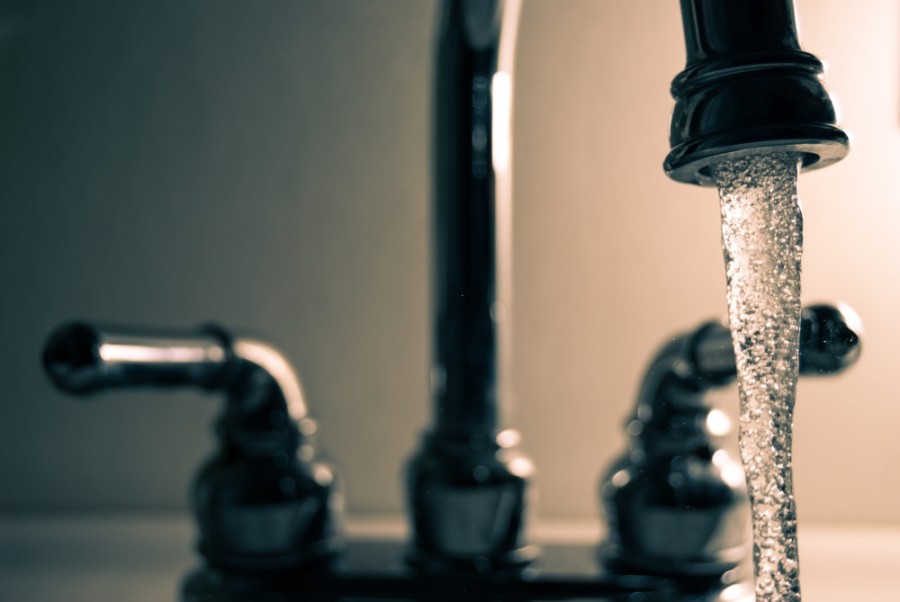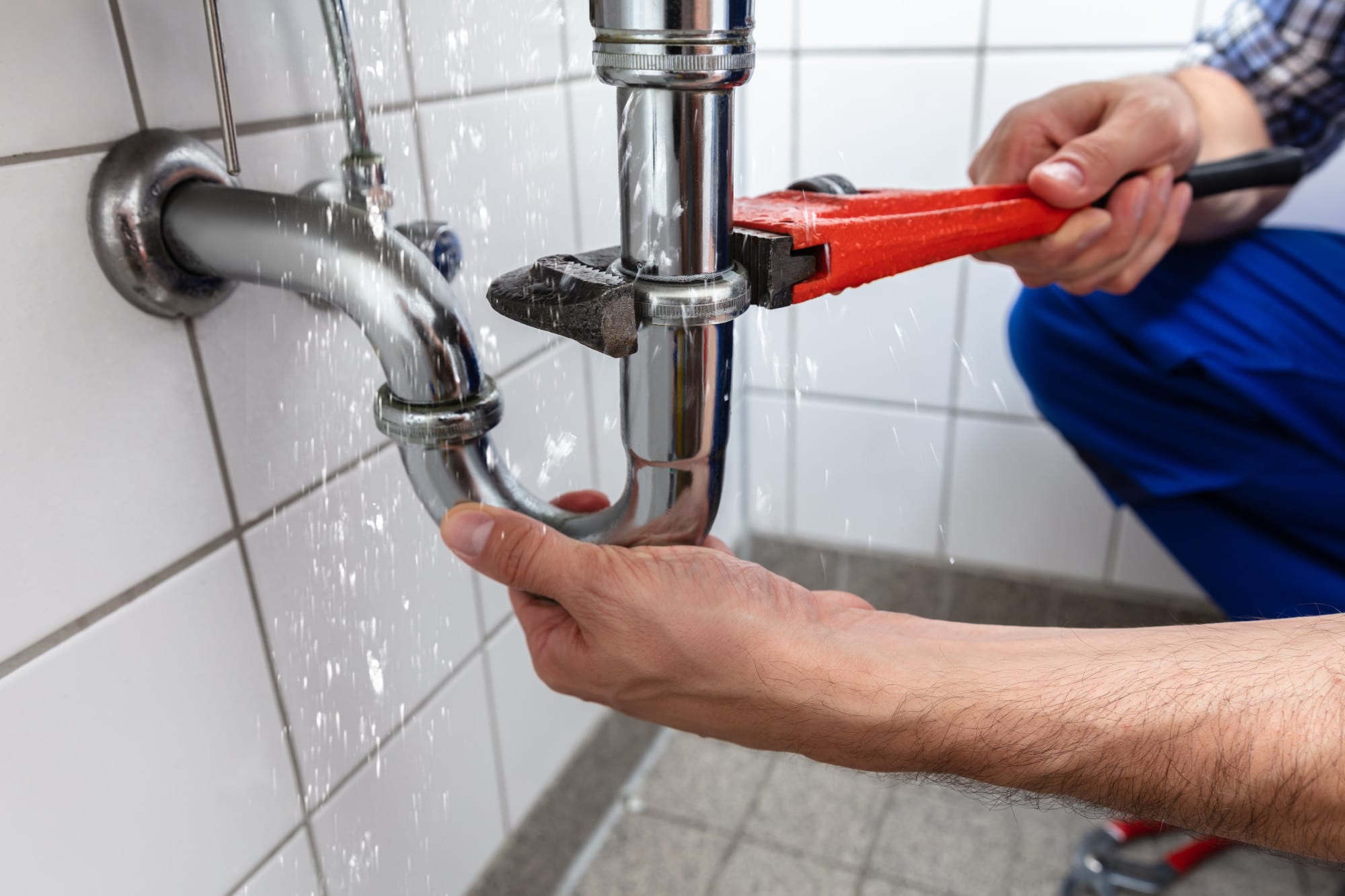Do you find yourself looking for resources around What to Know Before Installing a Dishwasher?

A ruptured pipe is a significant emergency; you can only stand as you watch water you pay very much to reunite with the planet. In worse instances, you discover a swimming pool on your kitchen floor, which is a great journey hazard, specifically if you have children around. If the pipeline that burst remained in your walls, problem: you may require to paint that entire area.
Exactly how can a tragedy like a burst pipeline be prevented and also managed? Well, by paying attention to your professional emergency plumbing professionals and following these regulations.
How do I understand when my pipes have burst?
Rising and fall water pressures
Pipelines do not just burst in a day. You might have seen that your kitchen area faucet or shower doesn't run promptly when you transform the faucet. It might pause for a few secs and then blast you with more pressure than common.
In other circumstances, the water might seem typical in the beginning, then drop in stress after a few seconds.
Damp wall surfaces and water spots
Prior to a pipe bursts, it will certainly leakage, many times. If this consistent dripping goes unnoticed, the leak might finish into a broad tear in your pipeline. One easy method to prevent this emergency is to keep an eye out for wet walls advertisement water discolorations. These water stains will lead you right to the leak.
Puddles under pipelines and also sinks
When a pipe bursts, the outflow develops a pool. It might appear that the puddle is growing in dimension, and also despite how many times you mop the puddle, in a couple of mins, there's one more one waiting to be cleansed. Often, you may not have the ability to map the puddle to any noticeable pipelines. This is an indicator to call a professional plumber.
Untraceable leaking sounds
Pipeline bursts can occur in one of the most undesirable areas, like within concrete, inside walls, or under sinks. When the house goes silent, you might have the ability to hear an annoyingly consistent leaking sound. Also after you've checked your shower head and kitchen area tap, the leaking might proceed.
Beloved reader, the dripping may be coming from a pipeline inside your wall surfaces. There isn't much you can do regarding that, other than inform a specialist plumber.
Shut down the Water
When water ices up, it expands in volume by about 9 percent. And it expands with remarkable force: The pressure inside pipes might go from 40 extra pounds per square inch to 40,000 psi! No pipeline can hold that much stress, so it breaks open. The break may happen where the ice types, however more frequently, it happens where water stress discovers a vulnerable point in the pipeline. That might be inches and even feet from the icy location. Find the water shutoff valve and turn off the water to prevent more damage. You might also need to shut down the electricity too, relying on where the leakages happens as well as exactly how huge it is.
Contaminated water
Many people assume a burst pipeline is a one-way electrical outlet. Fairly the contrary. As water spurts of the hole or tear in your plumbing system, pollutants discover their way in.
Your water may be contaminated from the resource, so if you can, examine if your water container has any type of issues. However, if your drinking water is provided and also cleansed by the city government, you ought to call your plumber instantly if you see or smell anything amusing in your water.
What do I do when I identify a burst pipe?
Your water meter will certainly remain to run also while your water wastes. To reduce your losses, find the major controls and also turn the supply off. The water mains are an above-ground framework beside your home.
How to Fix & Detect a Leaking Pipe
How Do I Know if a Pipe is Leaking?
Leak detection tests can help you determine if your pipe has a leak. Even if you don’t see an apparent leak, you should still conduct leak detection tests regularly to save water and money—and prevent major damage to your home.
Water meter. It can be helpful to figure out what your usual water meter usage numbers are and then monitor them regularly. To monitor your meter, first, turn off all water faucets in your home. Check the meter and write down the numbers. In a few hours, check the meter again. If the numbers have changed, you have a leak. Water gauge. Use a water gauge to test your water pressure. Your showerhead should produce a certain amount of water pressure based on its model and design. If the pressure is lower than it is supposed to be for that specific showerhead, your home likely has a leak. Puddles. Look inside your bathroom, laundry, and kitchen sink cabinets. Puddles around the cabinets or around toilets, tubs, showers, and washing machines indicate the presence of a leaking pipe. You may also notice loose tiles, peeling or flaking paint, or mold caused by water accumulation. Napkin test. Even if you don’t see any puddles, you may still have a leak. You can test for water leaks in the bathroom, laundry, and kitchen by wiping below-sink connections with a napkin, paper towel, or piece of toilet paper. If it becomes damp, you probably have a leaking pipe under the sink. Discolored walls. Walls that are discolored—usually with brown or yellow stains—or bulging might mean that they have been impacted by water damage caused by a leaking pipe. Smell. A leaky pipe will create sitting water, and over time, that water may develop a musty smell. If your home smells musty, but you can’t locate the source, it may be due to a leak. Steps for Fixing a Leaking Pipe
A leaky drain can be remedied by tightening the pipe base, replacing the drain seal, caulking the rim, and tightening the pipe nut. Similarly, a leaking toilet pipe can be treated by tightening the packing nut. You may also need to replace the valve. A leaky faucet may just need tightening or replacement of the washers. If that doesn’t work, consider replacing your faucet. If your pipe has a hole in it, you may want to use a pipe leak sealer or pipe leak tape. This quick fix for water pipe leaks can also temporarily fix a copper pipe leak. https://www.ahs.com/home-matters/quick-tips/how-to-tell-if-pipes-are-leaking/

I stumbled upon that write up on How to Prepare for Your Dishwasher Installation when doing a lookup on the search engines. Do you know anybody else who is curious about the topic? Do not hesitate to share it. Thanks a lot for your time. Kindly stop by our blog back soon.
Set An Appointment